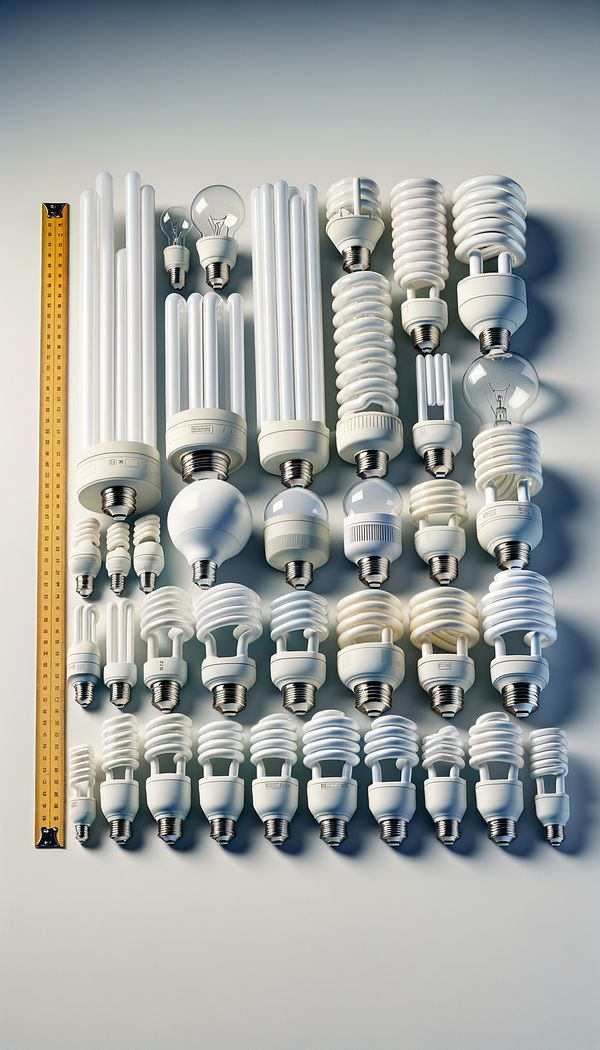What is CFL - Compact Fluorescent?
CFL, or Compact Fluorescent, refers to a type of energy-saving light bulb.
Description
CFL stands for Compact Fluorescent Lamp, a type of lighting technology designed to replace traditional incandescent bulbs. These bulbs operate on the principle of fluorescence, where electric current is passed through a tube containing argon gas and a small amount of mercury vapor. This process produces ultraviolet light that excites a fluorescent coating inside the bulb, emitting visible light. CFLs are distinguished by their twisted or spiral design, which allows them to provide more light in a smaller form factor compared to older, tube-shaped fluorescent lights.
CFL bulbs are highly regarded for their energy efficiency. They use about 70% less energy and can last up to 10 times longer than incandescent bulbs, making them a popular choice for both residential and commercial settings. However, due to the presence of mercury, they require careful disposal and recycling to avoid environmental harm. With the advent of LED lighting technology, CFLs have faced competition, but they remain a cost-effective solution for those looking to reduce their energy consumption and environmental footprint.
Usage
In interior design, CFL bulbs are often used in fixtures that require a high output of light without consuming a lot of power, such as in kitchens, bathrooms, and work spaces. They can also be found in various lighting fixtures, including floor lamps, desk lamps, and ceiling fixtures, where their compact size and efficiency offer a practical lighting solution.
FAQs
-
How does a CFL bulb work?
A CFL bulb works by passing an electric current through a tube containing argon gas and mercury vapor, which produces ultraviolet light. This ultraviolet light then excites a fluorescent coating inside the bulb, emitting visible light.
-
Are CFL bulbs energy-efficient?
Yes, CFL bulbs are highly energy-efficient. They use about 70% less energy and can last up to 10 times longer than traditional incandescent bulbs.
-
Do CFL bulbs contain mercury?
Yes, CFL bulbs contain a small amount of mercury, which is essential for their operation. Due to this, they require careful disposal and recycling to avoid environmental harm.
-
Can CFL bulbs be used in all types of fixtures?
CFL bulbs can be used in a wide range of fixtures, including floor lamps, desk lamps, ceiling fixtures, and more. However, not all CFL bulbs are suitable for dimmable switches or enclosed fixtures, so it's important to check the bulb's specifications.
Practical Application
When choosing CFL bulbs for your interior design projects, consider their light output (measured in lumens) and color temperature to ensure they match your design goals. Remember to properly dispose of or recycle them once they've reached the end of their lifespan. Additionally, be mindful of fixtures where temperature and enclosed spaces may affect their performance.
-
Accessible DesignAccessible design is an approach to creating spaces that are usable by people with a wide range of abilities.
-
TripodA tripod is a three-legged support device.
-
VitrineA vitrine is a glass display cabinet designed to showcase and protect objects or collections.
-
LuxeLuxe in interior design refers to luxuriousness and opulence.
-
HyggeHygge is a Danish and Norwegian word for a mood of coziness and comfortable conviviality with feelings of wellness and contentment.
